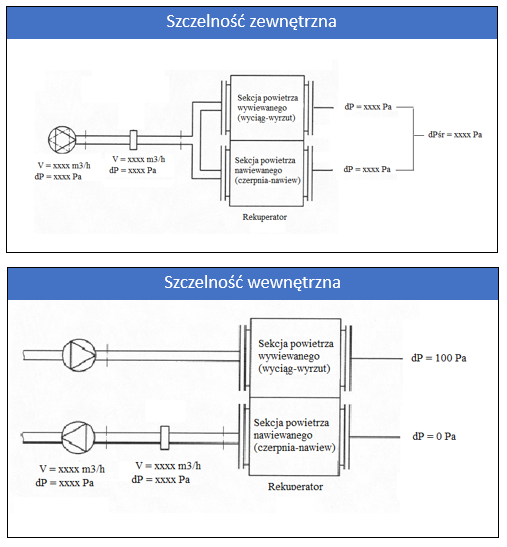
Researcher - PhD - Simulation Specialist - Developer

I am R&D Engineer with over five years of experience. I specialize in process flow modeling, numerical simulations, and techno-economic analysis. I have worked both at Universitie and private industry.
I have a proven track record in enhancing system efficiency and accuracy while driving collaborative projects that deliver real-world impact. Skilled in CFD, 0D/1D simulation, and optimization techniques.

The software connects the ePAT system with the analysts' requirements. By uploading the necessary files, it analyzes the sales proposal and adjusts pricing in accordance with commercial policy rates. Users have full visibility of all uploaded files, making it easy to identify any errors. Additionally, the software highlights any changes made.
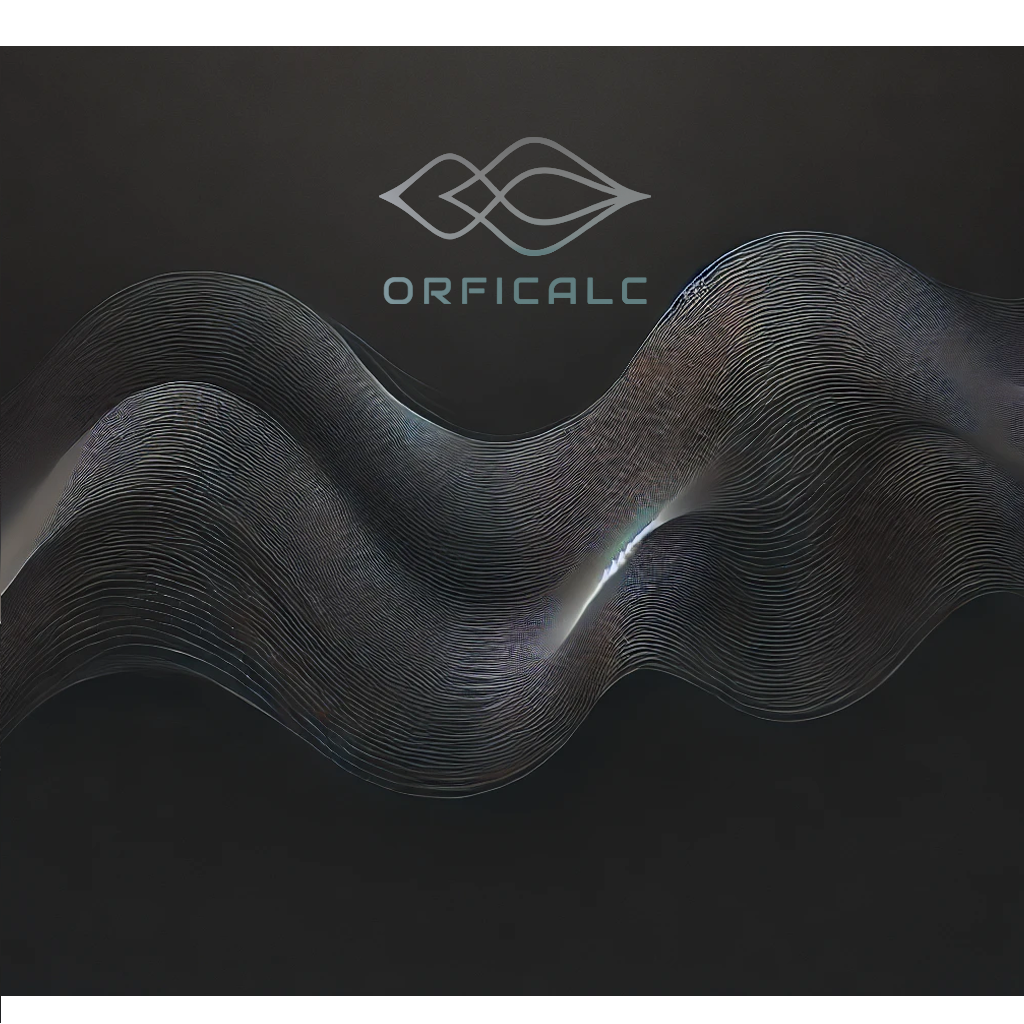
A comprehensive software solution was developed for orifice flow measurement and uncertainty analysis in accordance with PN EN ISO 5167. This tool automates complex calculations related to real gas behavior, pressure drop estimation, and uncertainty evaluation, providing engineers with a powerful and accurate flow measurement system.
This project automates orifice flow measurement and uncertainty analysis, providing a user-friendly solution for engineers and industry professionals. By integrating advanced computational models and automated reporting, the software enhances accuracy and efficiency in fluid dynamics applications.
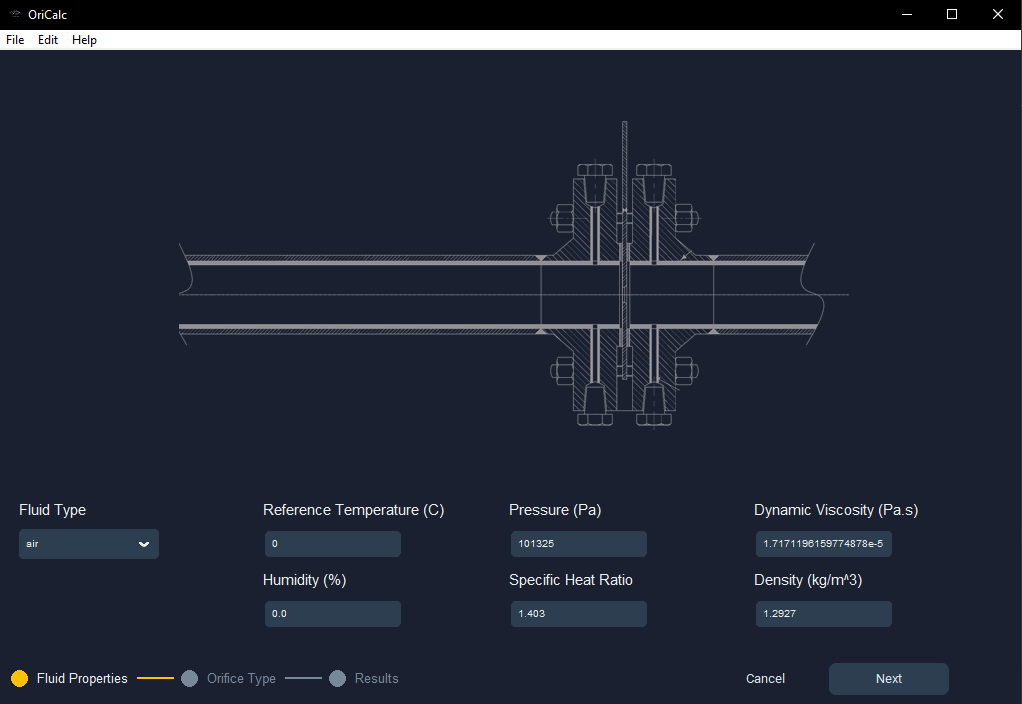
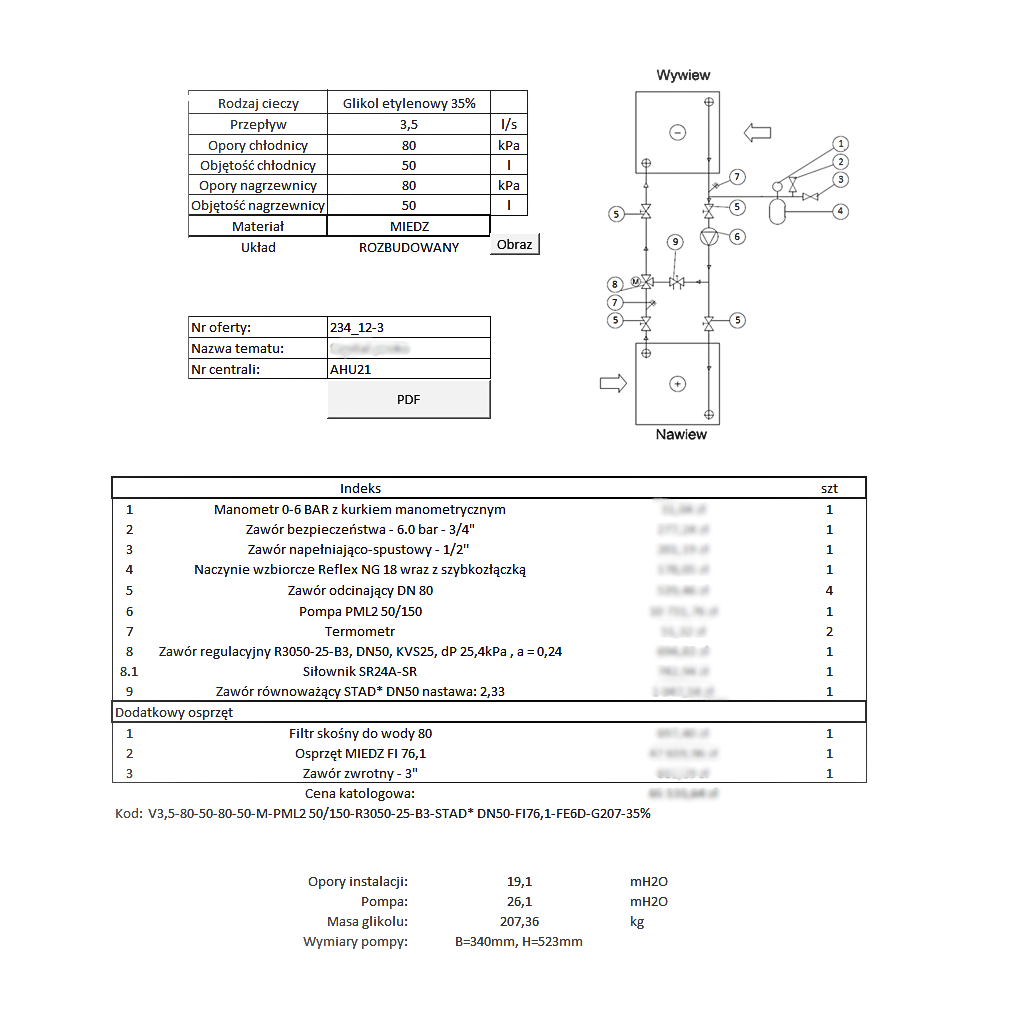
A comprehensive software solution was developed to calculate the cost of glycol-based heat exchange systems. The tool automates the selection of system components based on technical specifications, ensuring an optimal balance between performance and cost. Designed to streamline the planning, budgeting, and quoting process, it enhances efficiency for sales and engineering teams.
This project significantly improved the accuracy and efficiency of pricing glycol heat exchange systems, enhancing the company’s ability to deliver precise and competitive quotations to clients.
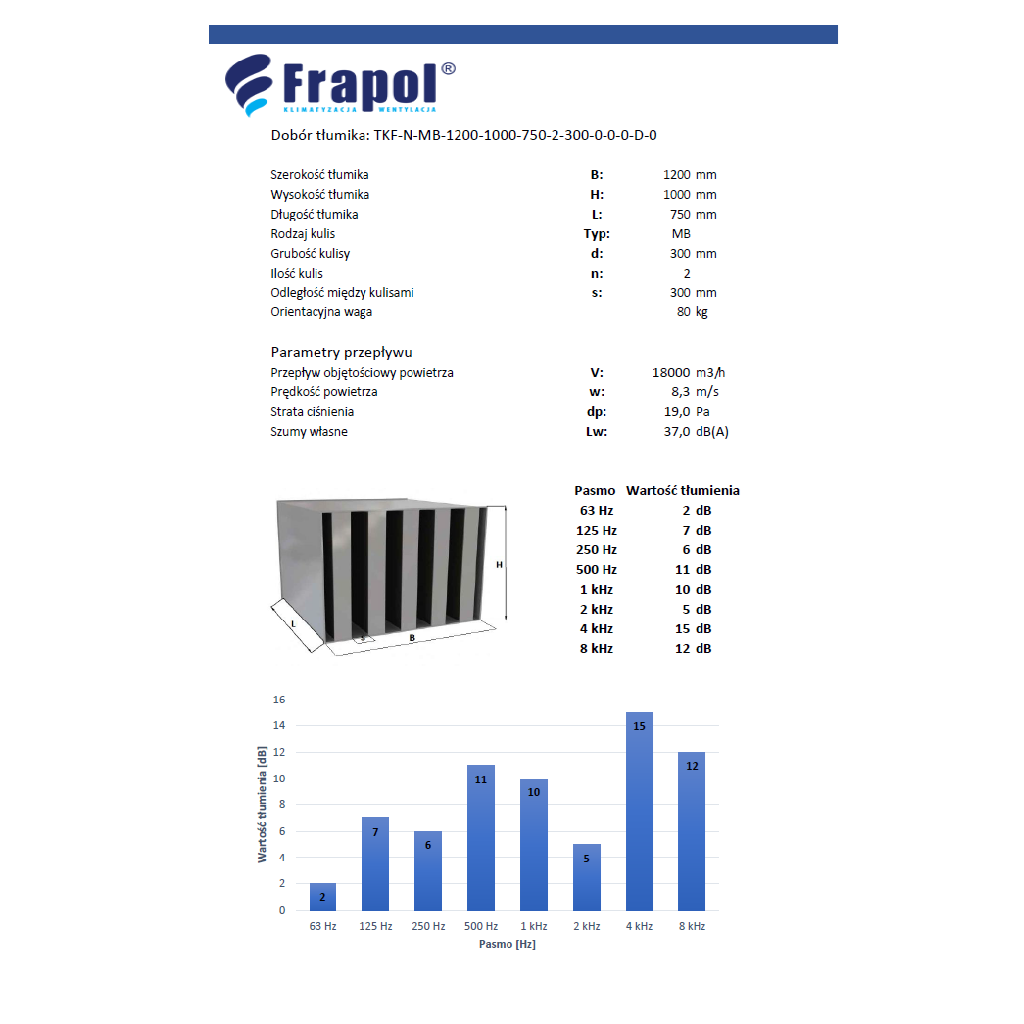
A comprehensive software solution was developed for acoustic silencer modeling, optimization, and automated report generation. This tool integrates advanced mathematical modeling with industrial design parameters to optimize noise attenuation, pressure drop, and cost estimation.
This project automates the silencer design process, enabling engineers to optimize noise control solutions efficiently. By integrating precise mathematical models with an intelligent optimization engine and an intuitive reporting system, the tool streamlines industrial acoustic analysis and enhances decision-making.

A 140-page price list was developed, detailing all products offered by the company. Crafted in Microsoft Word, the document is dynamically linked to an Excel spreadsheet that retrieves real-time pricing data from the internal database. This configuration ensures the price list remains current without manual updates, enhancing efficiency and reducing potential errors.
The implementation of this automated price list has significantly improved the efficiency of our pricing updates. It has reduced manual workload, minimized errors, and ensured that all stakeholders have access to the most current product pricing information. This project exemplifies my ability to leverage Microsoft Office tools to create integrated, automated solutions that address real-world business needs.
This project not only highlights technical skills but also demonstrates an understanding of business processes and the importance of accurate, accessible information in a corporate environment.
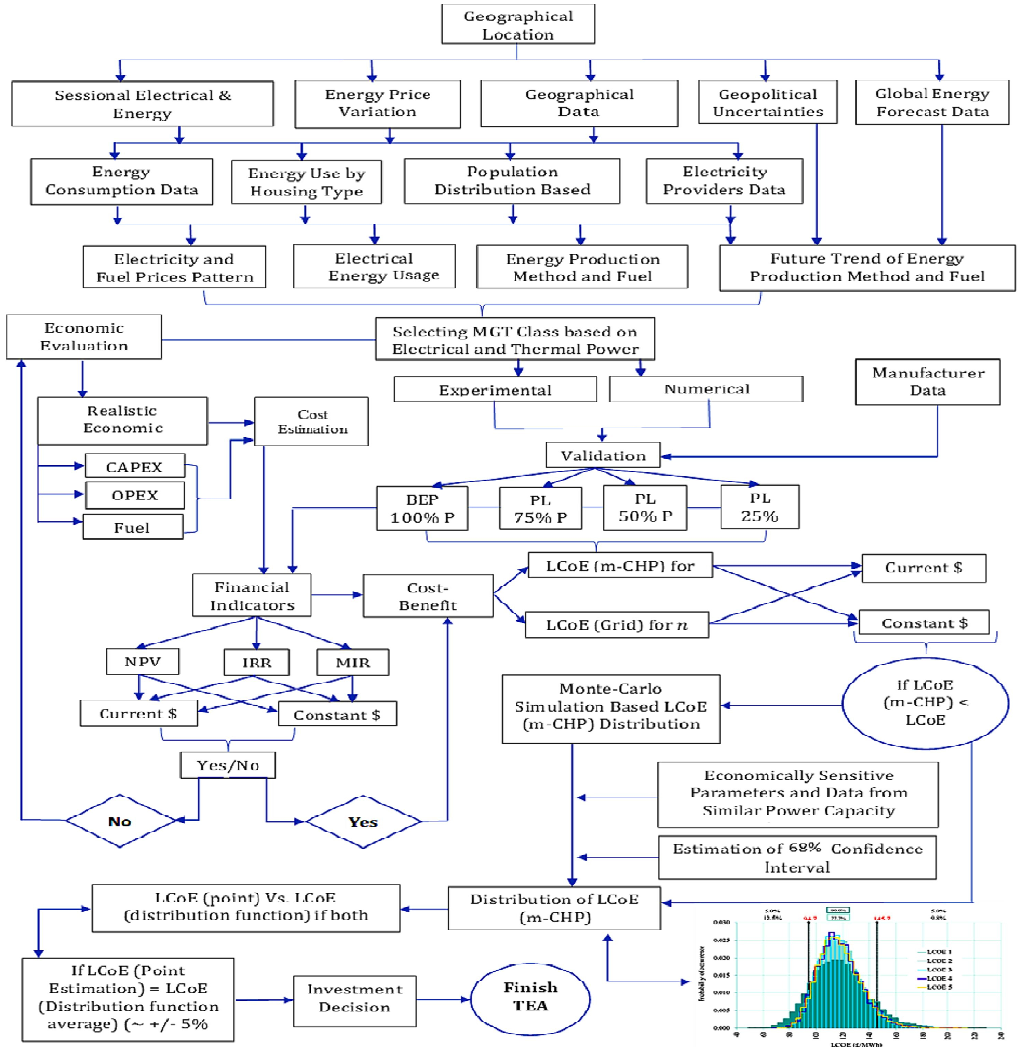
In response to the rising electricity prices in Norway and Europe, this study presents a novel approach for evaluating the techno-economic feasibility of micro-combined heat and power (m-CHP) systems powered by Micro Gas Turbines (MGTs). This investigation focuses on m-CHP systems fueled by natural gas (NG) and a blend of NG and hydrogen (H2) at a ratio of 23% by volume, offering a sustainable solution to the energy challenges faced in the region. Read more
This study demonstrates the techno-economic viability of m-CHP systems powered by MGTs, highlighting their potential as a cost-effective alternative to grid electricity. The findings emphasize the benefits of integrating these systems into energy strategies, providing substantial economic advantages and supporting future shifts toward more sustainable energy sources. The proposed methodology also paves the way for the adoption of hydrogen fuel, contributing to a carbon-neutral future.
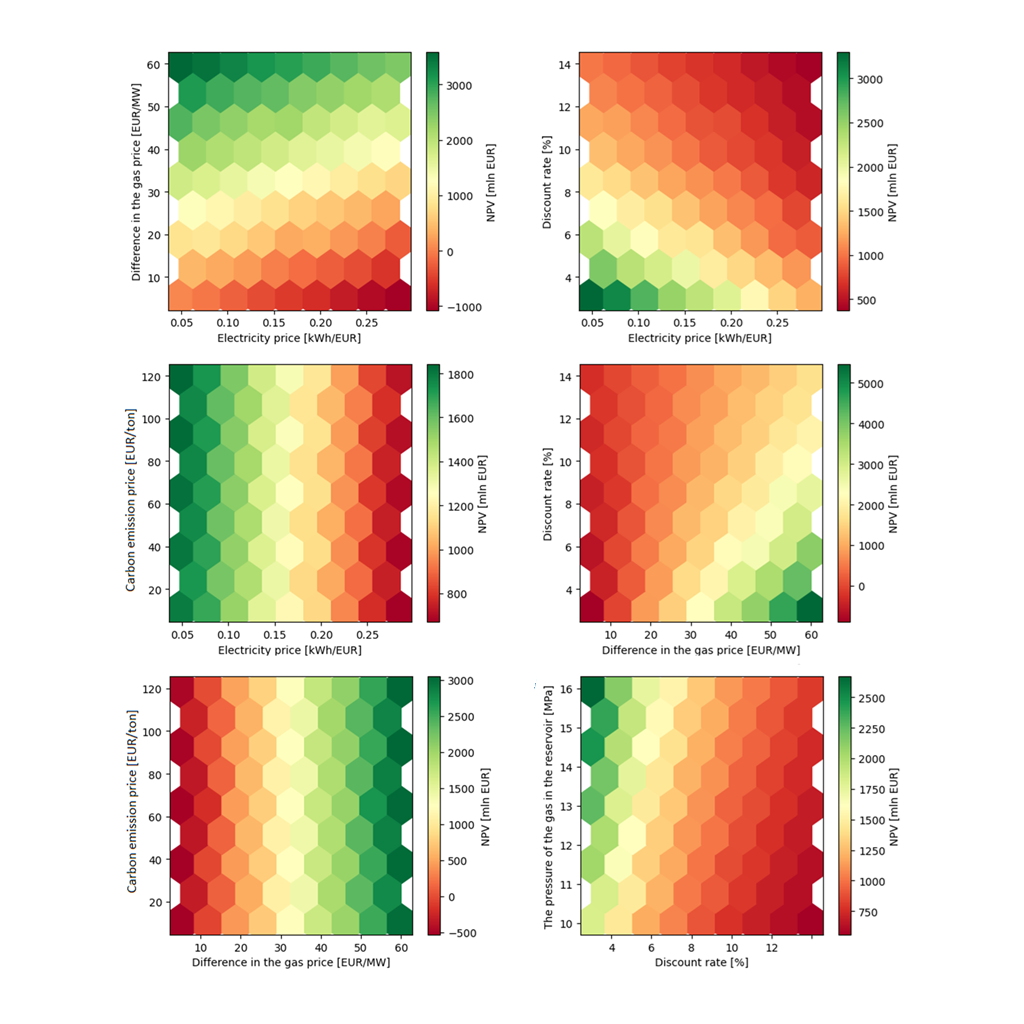
This project focused on evaluating the feasibility and economic viability of using CO₂ as a cushion gas for Underground Gas Storage (UGS) in Poland. The assessment included site selection, cost modeling, and sensitivity analysis to key market and operational factors.
Overall, the project demonstrates that integrating CO₂ storage with UGS can enhance financial returns while contributing to carbon management initiatives, making it a viable solution for energy storage and emissions reduction.
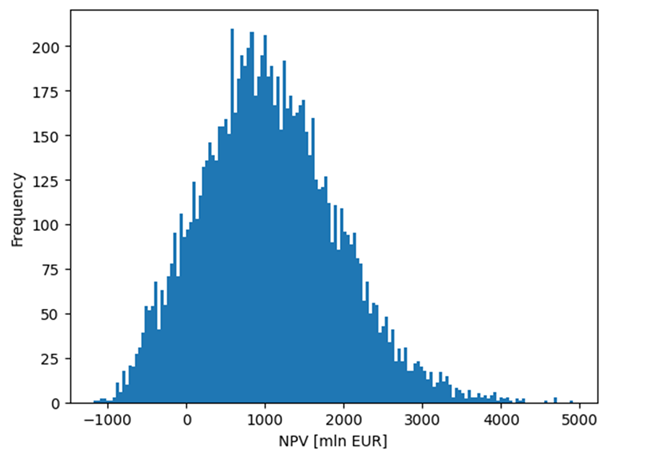
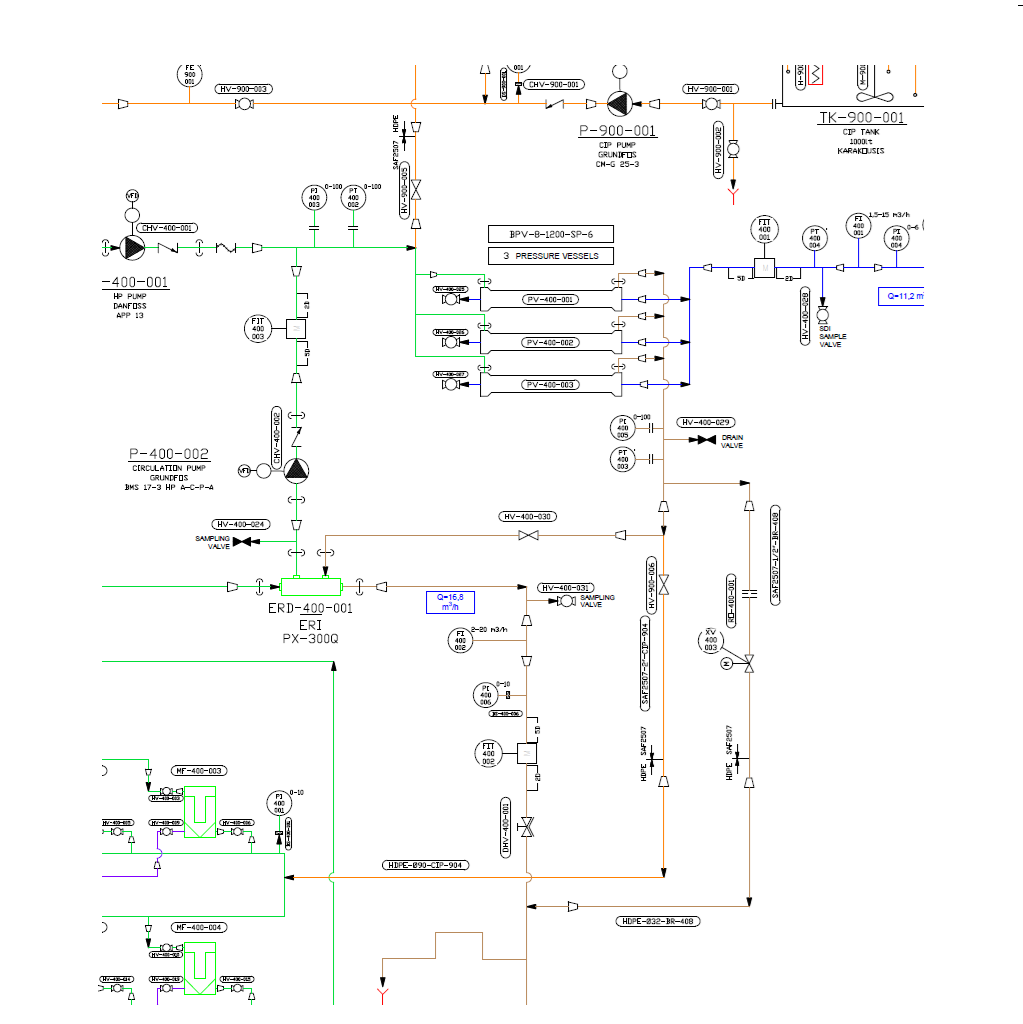
This project focuses on the installation and optimization of a photovoltaic-powered desalination plant on Thirasia Island, Greece. Given the island's dependency on desalinated water and the high cost of fossil fuel-based electricity, the initiative aims to enhance sustainability by integrating solar energy.
The project is spearheaded by the Municipal Water Supply and Sewerage Company of Thira, in collaboration with the Norwegian University of Stavanger, leveraging international expertise to enhance system performance and reliability. The integration of solar energy ensures cost reductions, energy security, and environmental sustainability, providing a scalable model for other Greek islands.
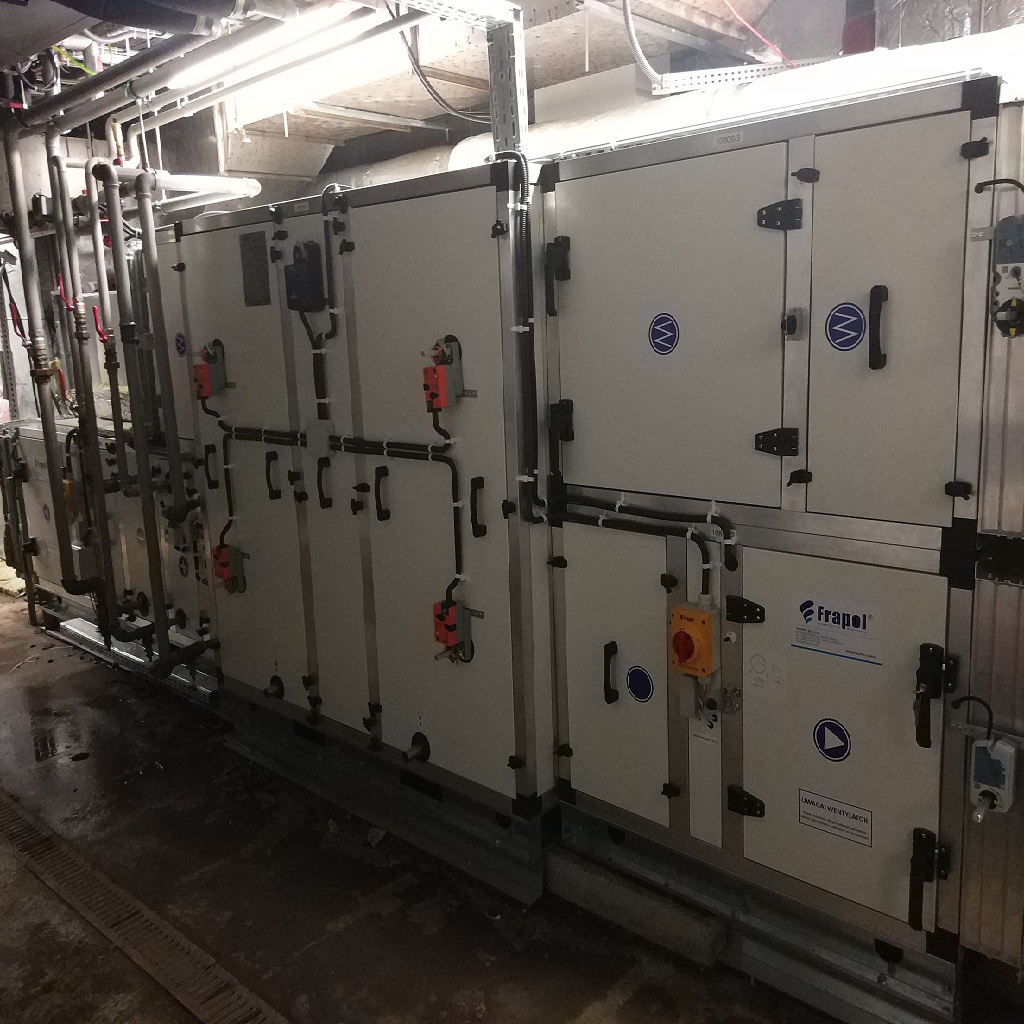
This project focused on the development of a microclimate control system that addresses a critical challenge in mechanical ventilation systems: preventing the freezing of the Air Handling Unit during cold winter conditions. The system, based on a highly efficient periodic counterflow heat exchanger, operates continuously without the need for additional energy-consuming protection, ensuring that the AHU remains functional even in extreme temperatures. This solution provides both energy efficiency and optimal air quality by managing heat and moisture recovery, making it ideal for nearly zero-energy buildings.
In conclusion, this innovative system addresses the common issue of freezing in heat exchangers in cold weather, providing a reliable, energy-efficient solution for maintaining optimal indoor air conditions in nearly zero-energy buildings.
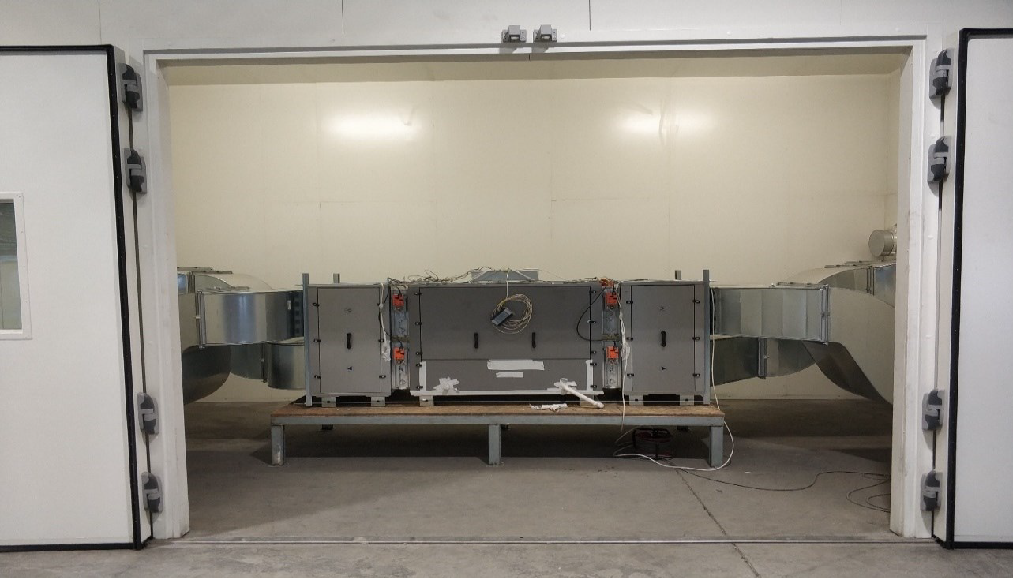
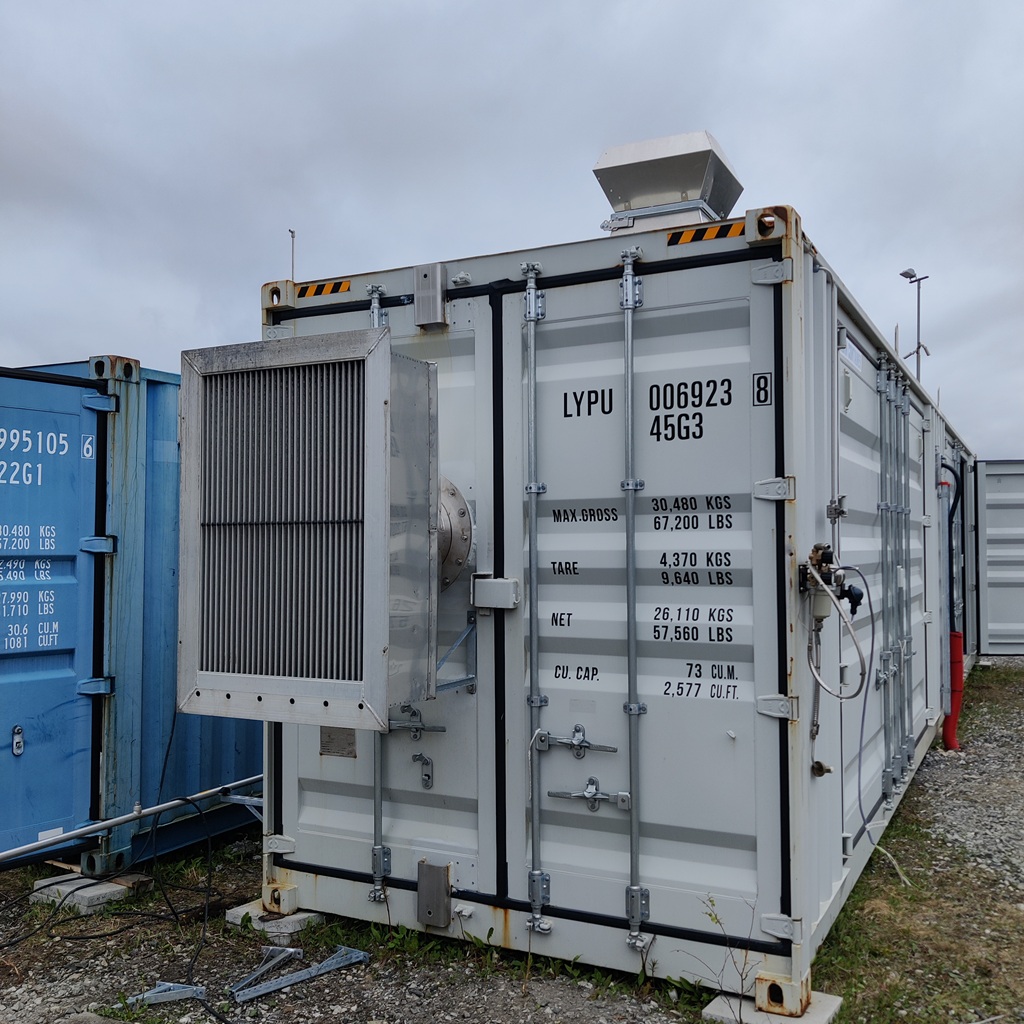
The Hydrogen Hub Center project focused on the testing, development, and production of hydrogen, as well as optimizing its utilization in energy systems. The project included designing a comprehensive safety and control system for hydrogen handling, integrating turbines and gas engines capable of burning hydrogen, and evaluating energy efficiency through hydrogen production and combustion cycles. More info.
This project advanced hydrogen energy technology by optimizing the production, storage, and combustion of hydrogen in gas turbines and engines. The implemented safety measures and control systems ensured reliable operation while maximizing energy efficiency in hydrogen-based power generation.

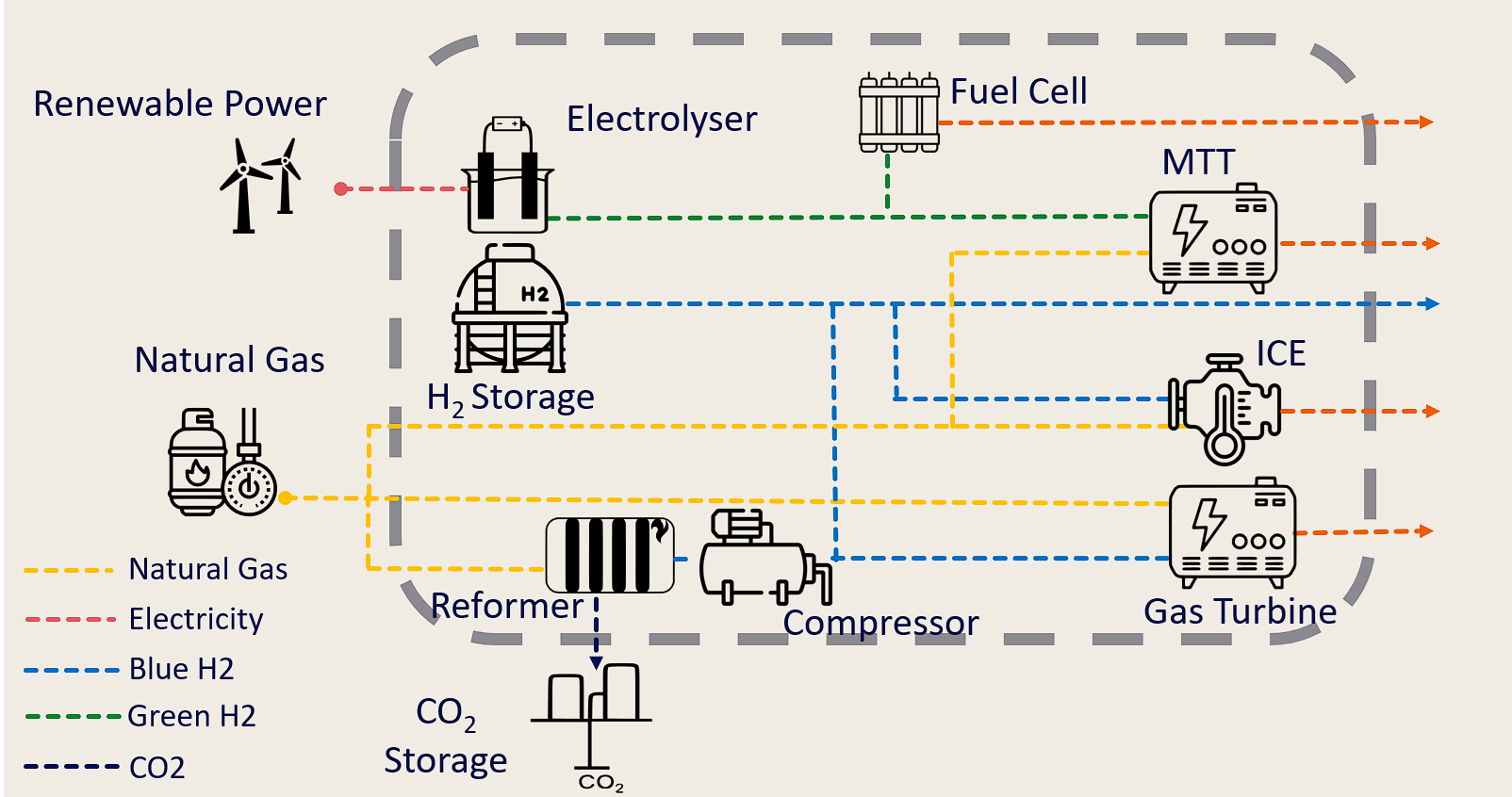
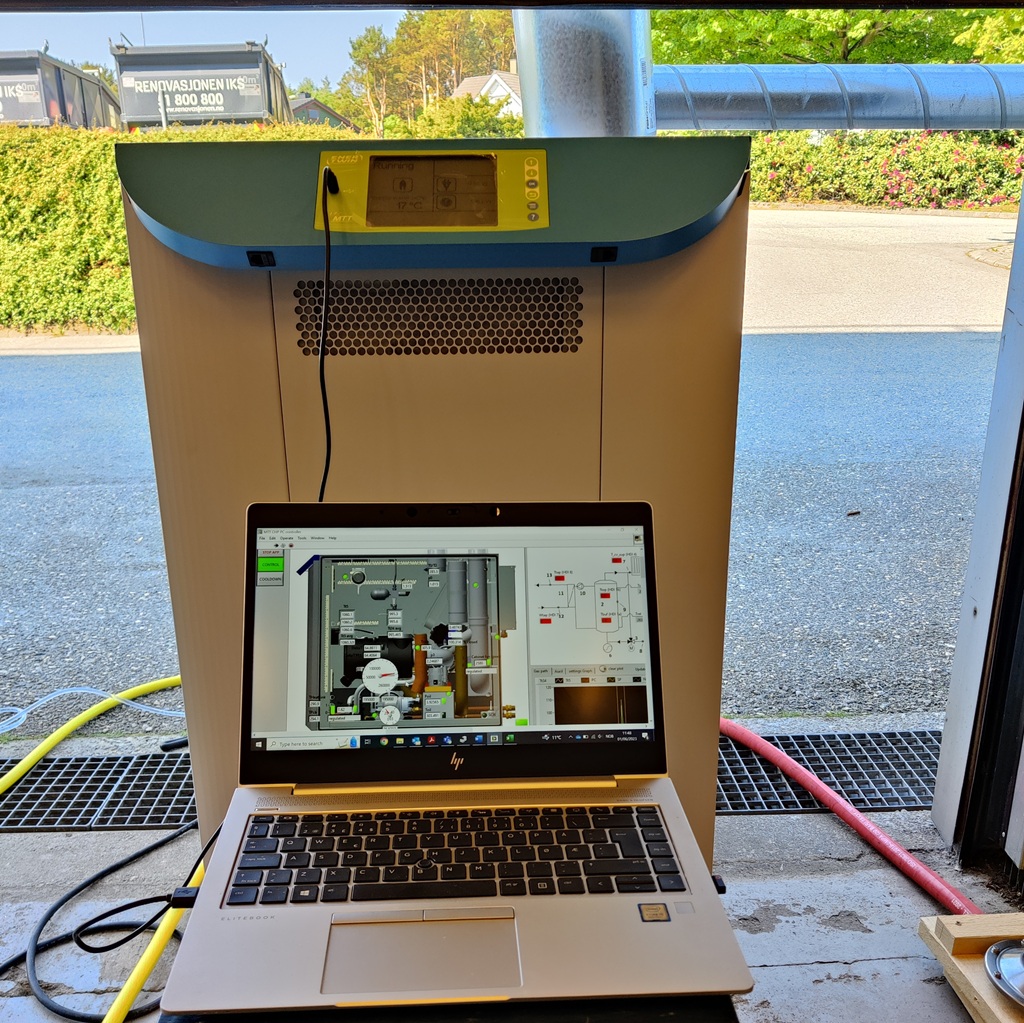
This project focused on the commissioning, testing, and performance optimization of an MTT gas turbine, ensuring its seamless integration with gas and water systems. Advanced measurement techniques and simulation modeling were employed to validate system efficiency and enhance operational performance.
This project contributed to the advancement of gas turbine technology by integrating precise measurement tools, enhancing data acquisition methods, and validating simulation models against real-world performance. The findings provide a foundation for further optimization and efficiency improvements in gas turbine operations.
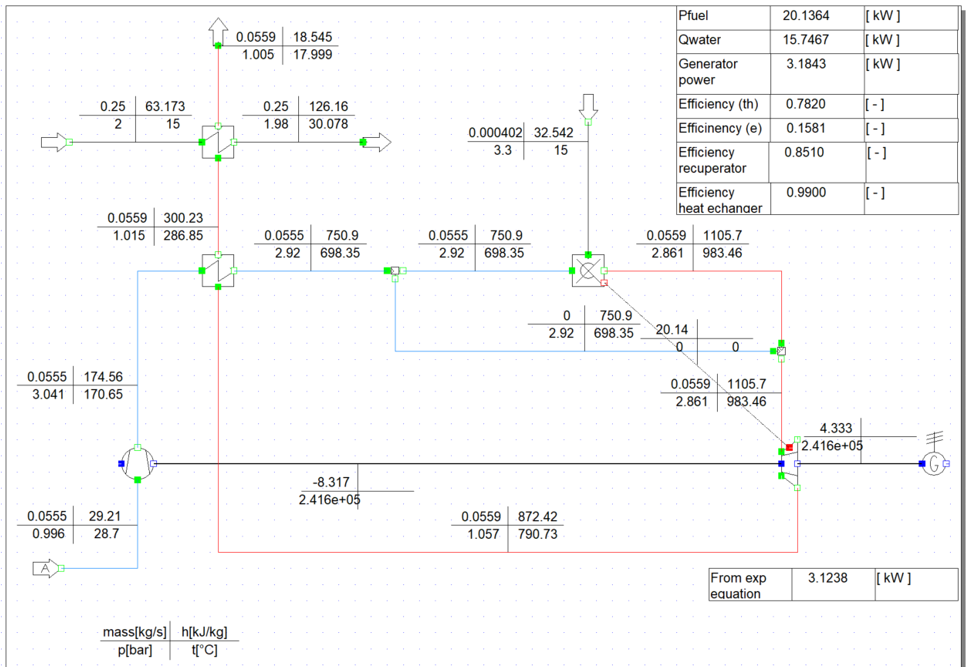
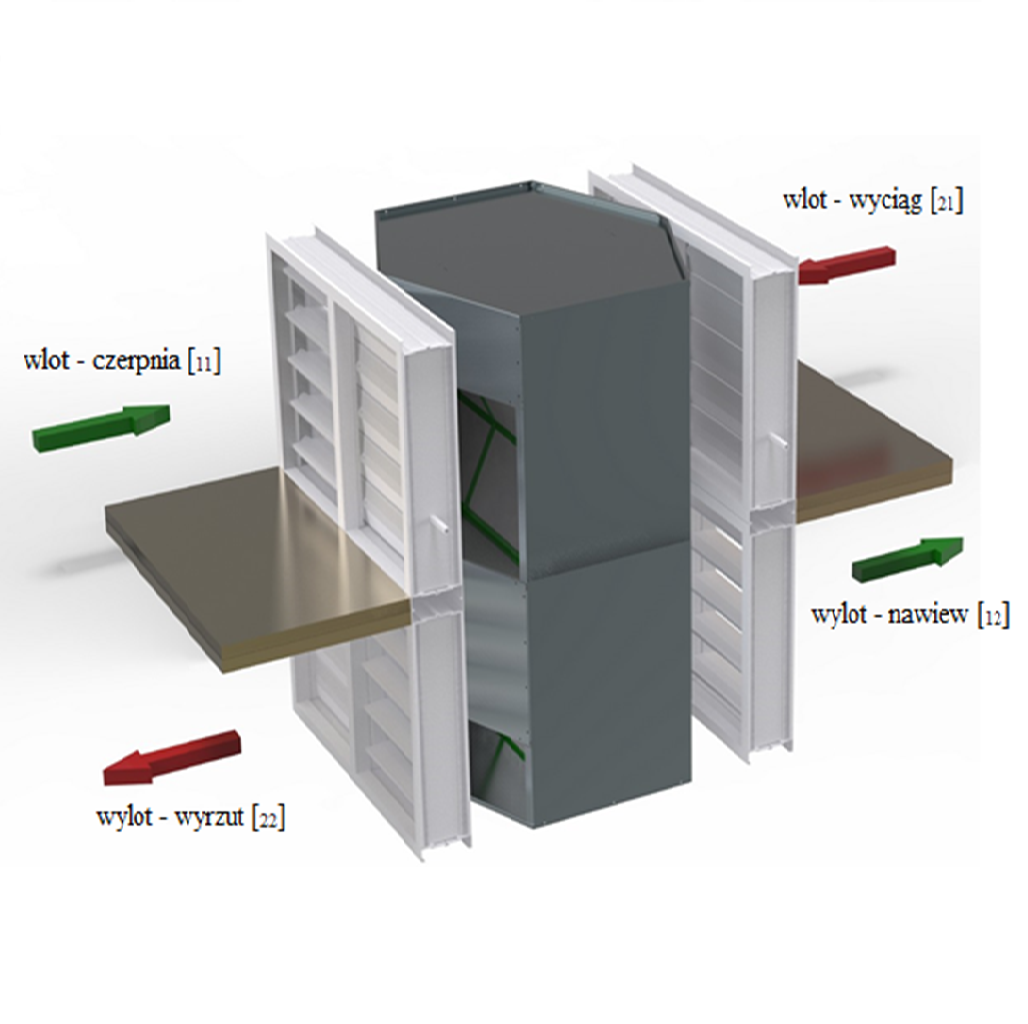
This project focused on the mathematical and numerical modeling of a counterflow periodic heat exchanger used in microclimate control systems. Due to technical limitations, not all aspects of such a system can be easily analyzed experimentally. Therefore, a detailed mathematical model was developed to conduct a multi-parameter analysis of the heat exchanger’s performance. The study accounted for the unsteady nature of heat transfer phenomena, assuming the flow of a Newtonian fluid with negligible compressibility effects.
This study provided a comprehensive analysis of counterflow heat exchanger behavior in periodic operation. The developed numerical model successfully captured the dynamic formation and evaporation of the water film, allowing for a deeper understanding of phase change effects in ventilation systems. The findings contribute to the optimization of microclimate control systems, improving their energy efficiency and operational performance.
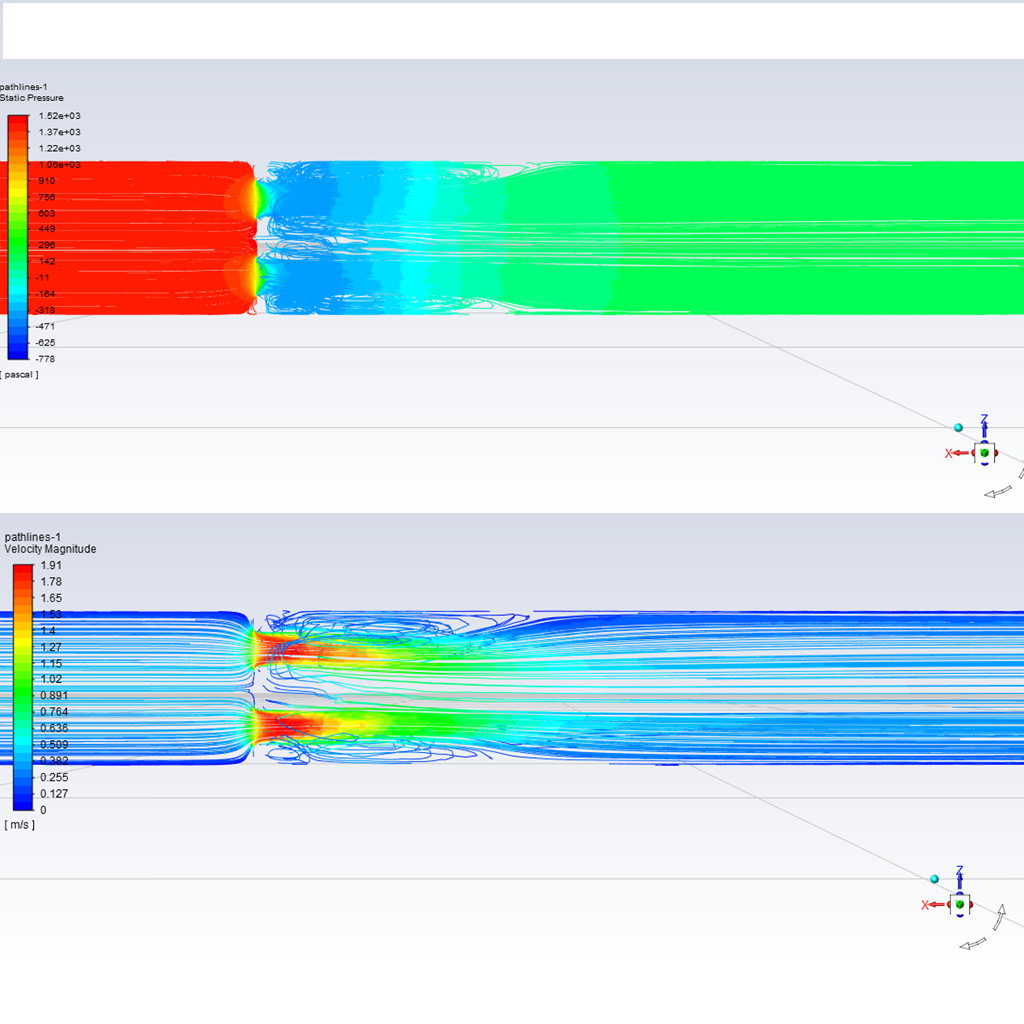
This project focused on the metrological analysis of flow rate measurements using orifice plates, a widely utilized method in various industries such as power engineering, fuel industry, and environmental engineering. The study specifically examined a 4-hole orifice plate with a module m = 0.25, installed in a pipeline with an internal diameter of 50 mm. Both numerical simulations and experimental tests were conducted to assess measurement accuracy and flow characteristics.
The findings from this project contributed to a deeper understanding of multi-hole orifice flow measurements, confirming their reliability in real-world applications. The combination of numerical and experimental analyses provided valuable insights into optimizing pressure reception points and improving measurement accuracy. This project highlights expertise in fluid mechanics, CFD modeling, and metrological assessment.
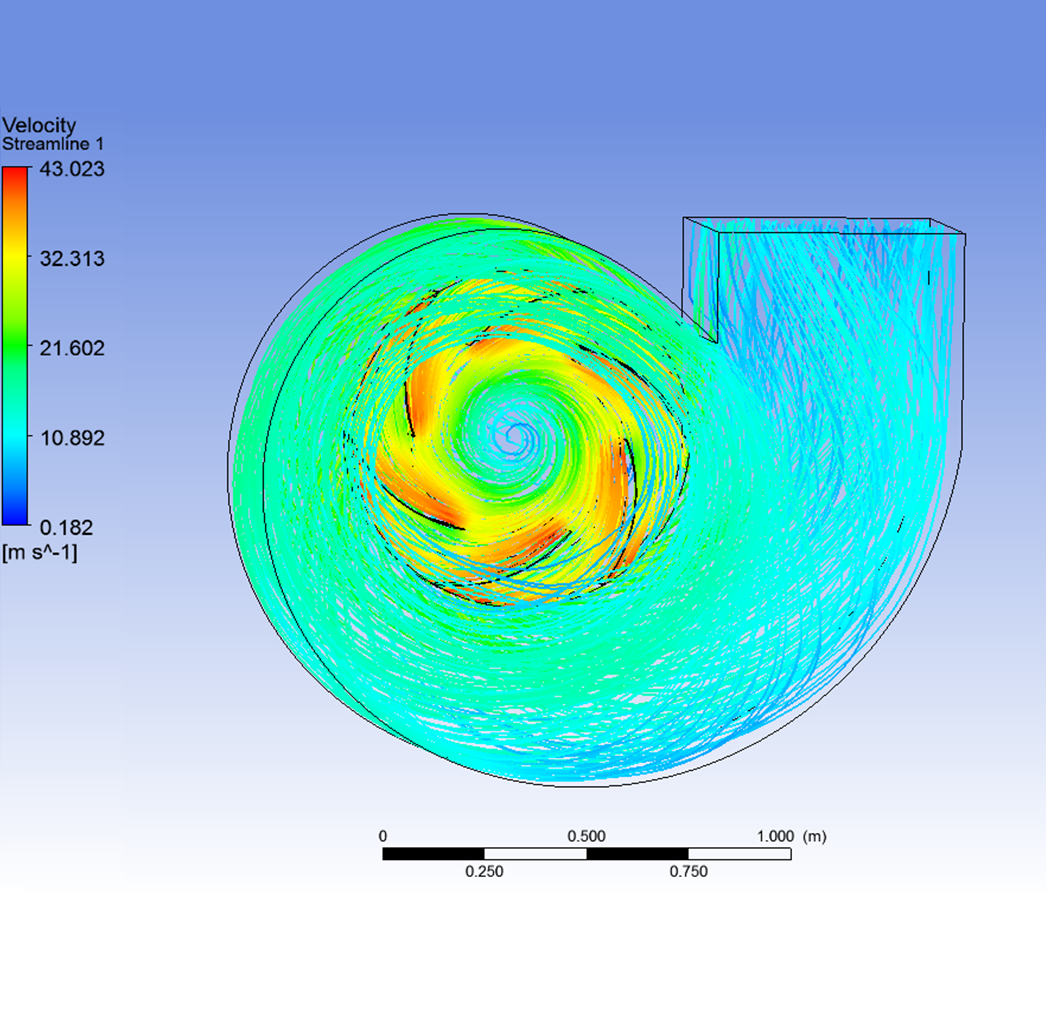
This project explored the design and performance analysis of centrifugal fans with a spiral housing. The study involved both theoretical calculations and numerical simulations to validate the accuracy of design methodologies. The goal was to compare theoretical characteristics with results obtained through numerical methods, ensuring precision in engineering predictions.
The completion of this project provided a comprehensive understanding of centrifugal fan design and performance analysis. The comparison between theoretical and numerical results ensured the accuracy of engineering calculations, contributing valuable insights into optimizing centrifugal fan efficiency. This project highlights expertise in fluid dynamics, computational simulation, and mechanical design.
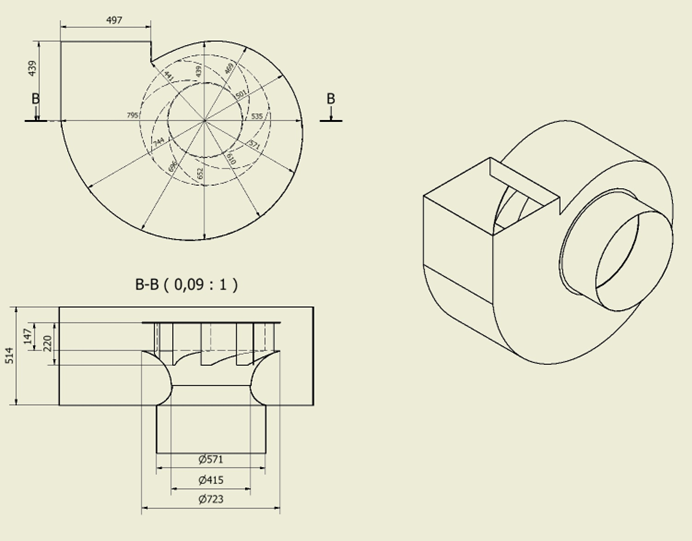
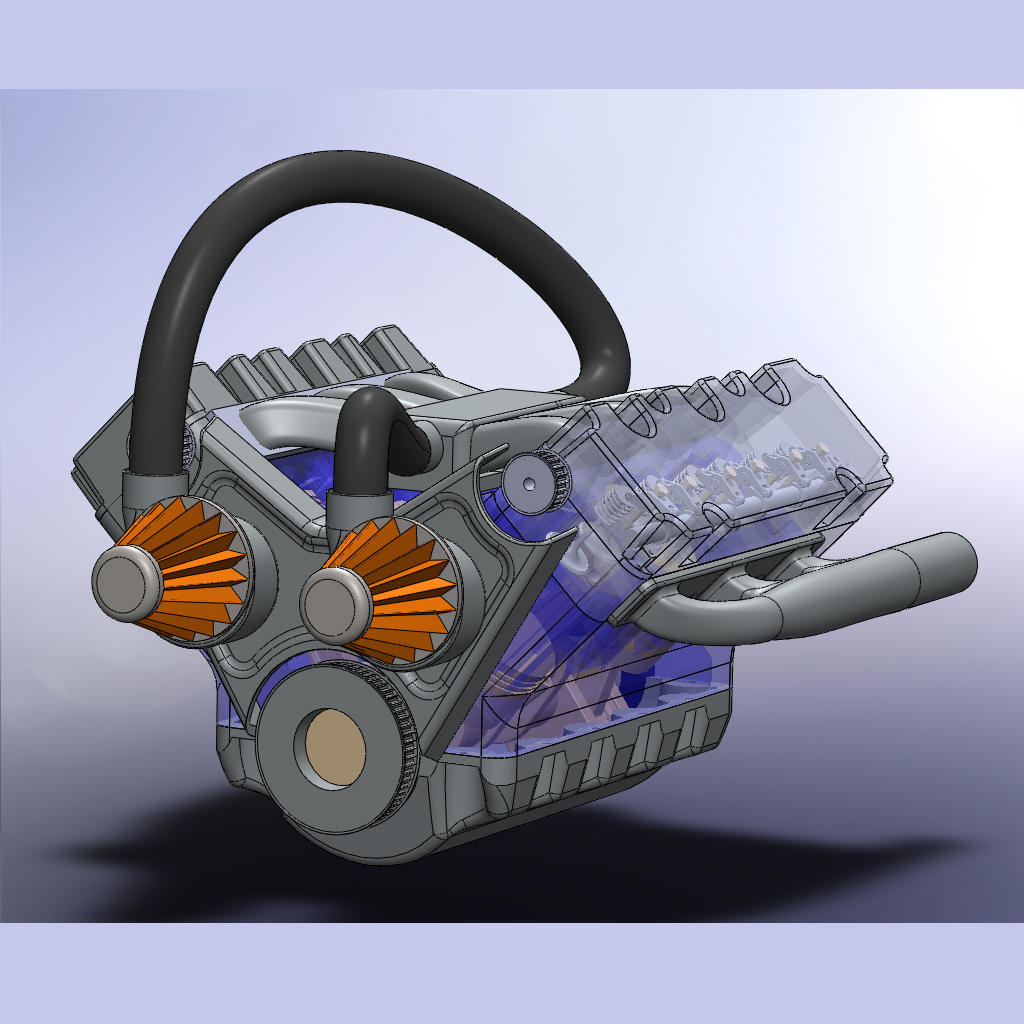
A comprehensive 3D model of a V6 engine was developed in SolidWorks for educational purposes. The project aimed to demonstrate the full assembly process and mechanical synchronization of an internal combustion engine. Every essential component of the V6 engine was meticulously designed and assembled, ensuring accurate representation and functional movement.
The successful completion of this project provided an in-depth understanding of V6 engine mechanics, assembly processes, and synchronization principles. The model serves as a valuable educational tool, offering insight into the complexity of automotive engineering. This project highlights expertise in 3D design, mechanical systems, and SolidWorks simulation.
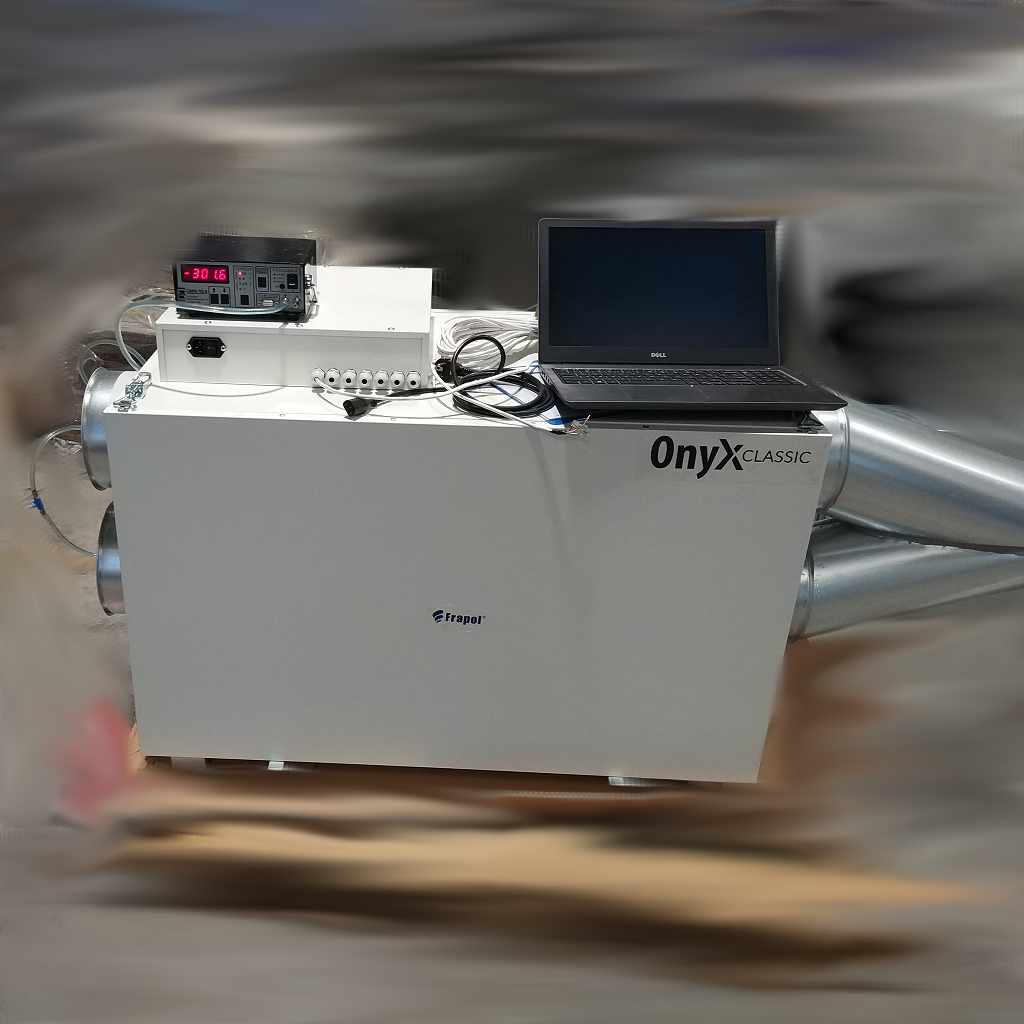
This project aimed to develop an advanced constant flow control system for recuperators, ensuring consistent airflow volume by leveraging pressure-based measurements. The primary objective was to maintain optimal performance and energy efficiency across varying operating conditions.
The measurement system utilized total pressure readings at the fan and static pressure measurements inside the recuperator. By calculating the difference between these two values, the dynamic pressure was obtained, allowing for the precise calculation of actual airflow. This approach provided accurate real-time flow monitoring essential for maintaining constant volume flow rates.
A key challenge in this project was selecting and configuring a pressure sensor that could reliably capture the necessary pressure differentials with high precision. The sensor's output was then processed using a custom-designed function to smooth the signal, ensuring stable and accurate flow readings despite fluctuations or noise in the pressure data.
The system required comprehensive calibration to establish the c flow coefficient, which is critical for accurate flow calculations using the equation:
V = c · √(∆p/ρ).
This calibration process involved testing each unit across a range of flow conditions to determine the specific flow coefficient for each device. By doing so, consistent and accurate flow measurements were achieved, enhancing the reliability and efficiency of the recuperators.
Extensive testing was conducted to validate the system's performance, ensuring accurate and consistent airflow regulation. This included:
The successful implementation of this flow control system significantly improved the operational efficiency and reliability of the recuperators, ensuring constant flow volume regardless of external conditions. This innovative solution not only enhanced product performance but also contributed to improved energy efficiency.
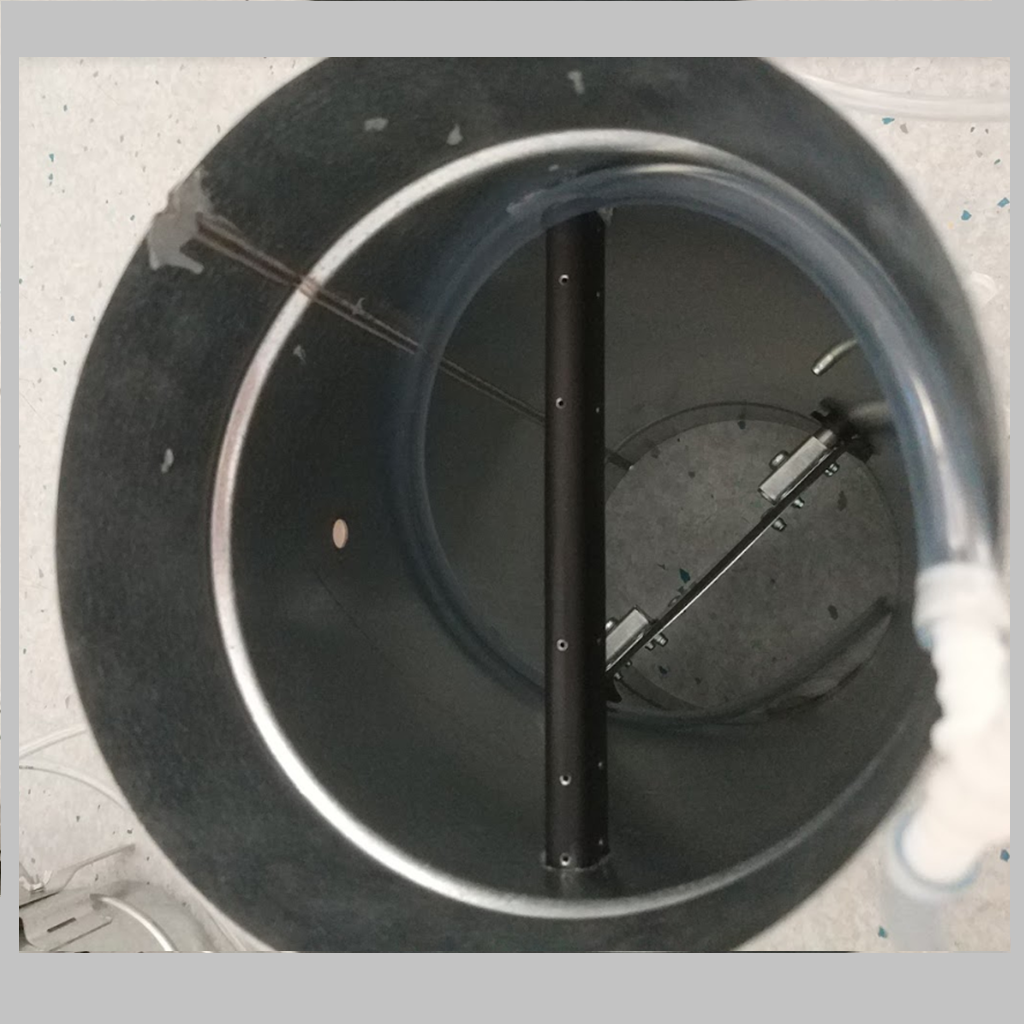
This project focused on developing an advanced flow measurement system for flow regulators, achieving a 5% increase in measurement accuracy and a 32.0% reduction in pressure drop. These enhancements significantly improved product performance and contributed to increased product sales.
The design approach was based on the formula used by Belimo in actuators dedicated to Variable Air Volume (VAV) systems:
V = c · √(∆p/ρ),
where maintaining a constant coefficient (c) throughout the measurement range of 2-20 m/s was identified as a critical factor. Below 2 m/s, measurement accuracy becomes challenging due to the minimal pressure difference (∆p) between total and static pressures at the measuring element.
A key design aspect was optimizing the positioning of pressure sensing ports. The layout was calculated using the "log-linear" method, commonly applied in cross-sectional traversing for Prandtl tube measurements. This method is grounded in the theoretical velocity distribution within a duct and is compliant with the ISO 3966:2008 standard.
The project included the development and testing of multiple prototypes, supported by Computational Fluid Dynamics (CFD) simulations. The prototypes were subjected to rigorous testing under various conditions, including:
These tests ensured the system's accuracy and reliability under real-world operating conditions. The results demonstrated consistent performance improvements, validating the design's effectiveness.
This project showcases a high level of technical expertise in fluid dynamics and flow measurement, leveraging advanced CFD analysis and practical testing methodologies to deliver a superior flow regulation solution.

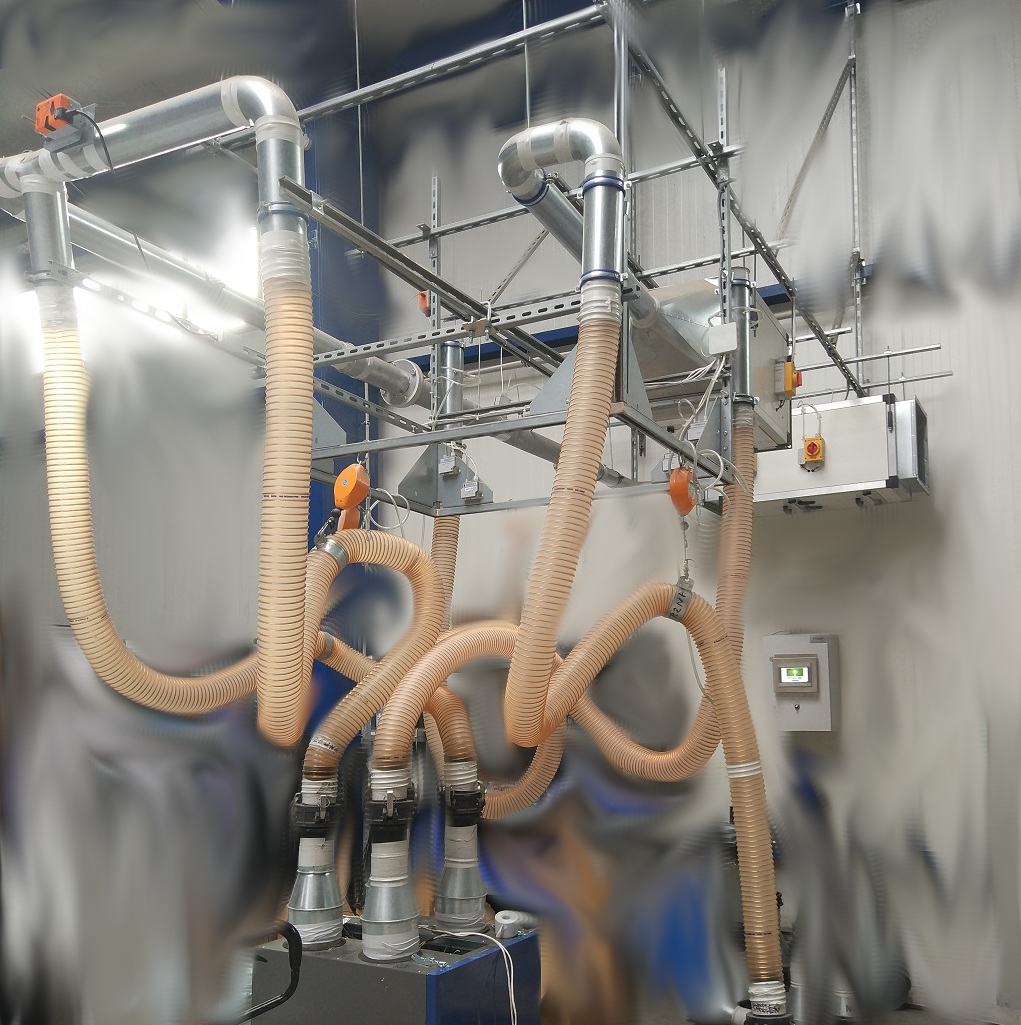
This project involved the design and implementation of a leakage measurement stand in accordance with the PN EN 13141-7 standard, which outlines the methodology for testing the airtightness of recuperators. The primary objectives of the system were to ensure precise and reliable:
The project required a comprehensive approach, encompassing the specification and integration of all essential components. This included:
The project lifecycle included the strategic sourcing and procurement of all equipment, ensuring that components met the highest industry standards and were ready for seamless integration during the production phase.
